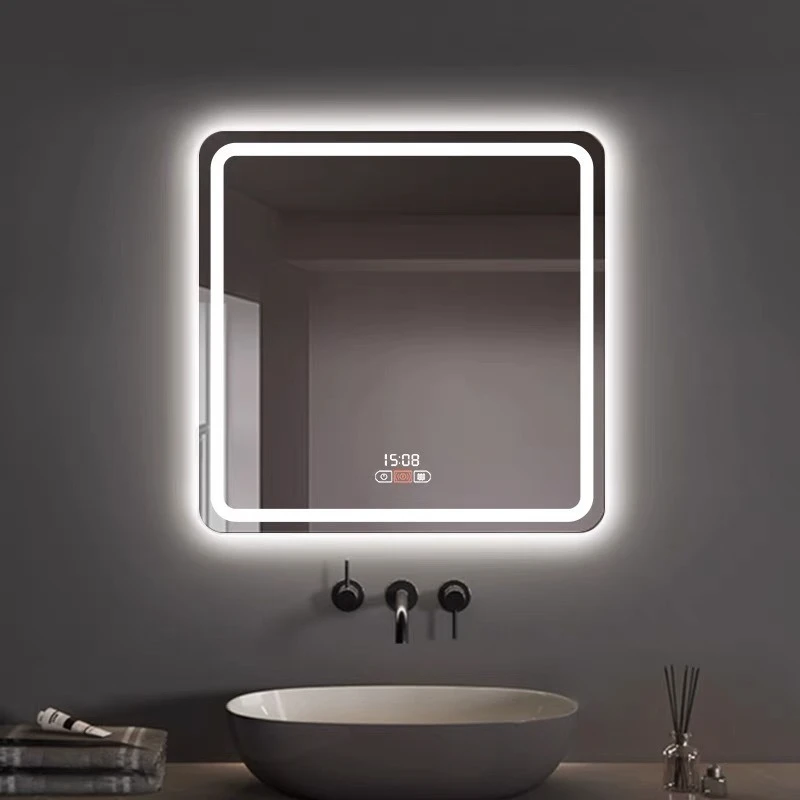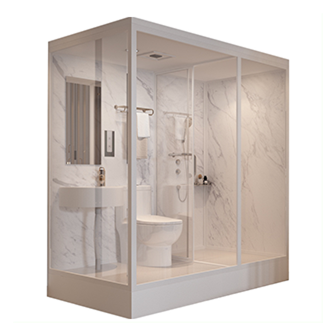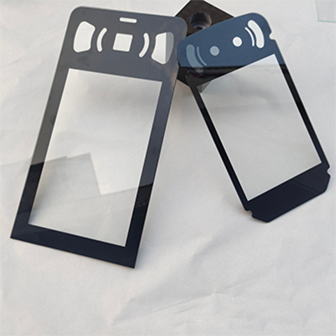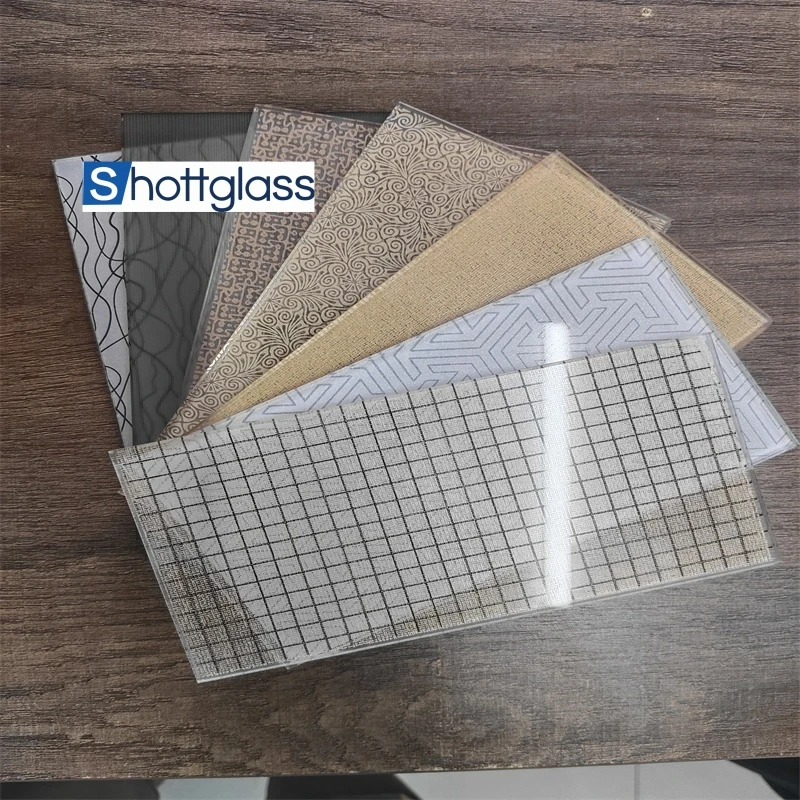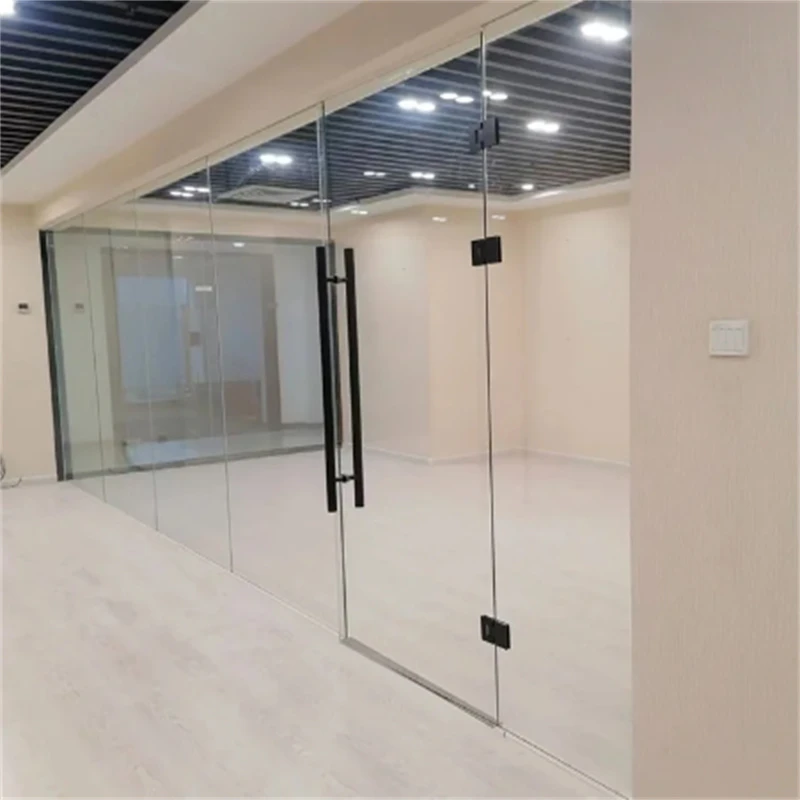6 月 . 10, 2025 15:17 Back to list
High-Quality Patterned Safety Glass Durable Patterned Tempered & Toughened Glass Supplier
- Introduction to patterned safety glass
and its defining characteristics - Advantages of patterned safety glass: data, performance, and design
- Technological aspects: comparing patterned toughened glass with patterned tempered glass
- Manufacturer comparison: quality, pricing, and delivery benchmarks
- Customization solutions: patterns, thickness, and color options
- Application cases: architectural, automotive, and specialized use
- Conclusion: the broad future of patterned safety glass in innovative industries
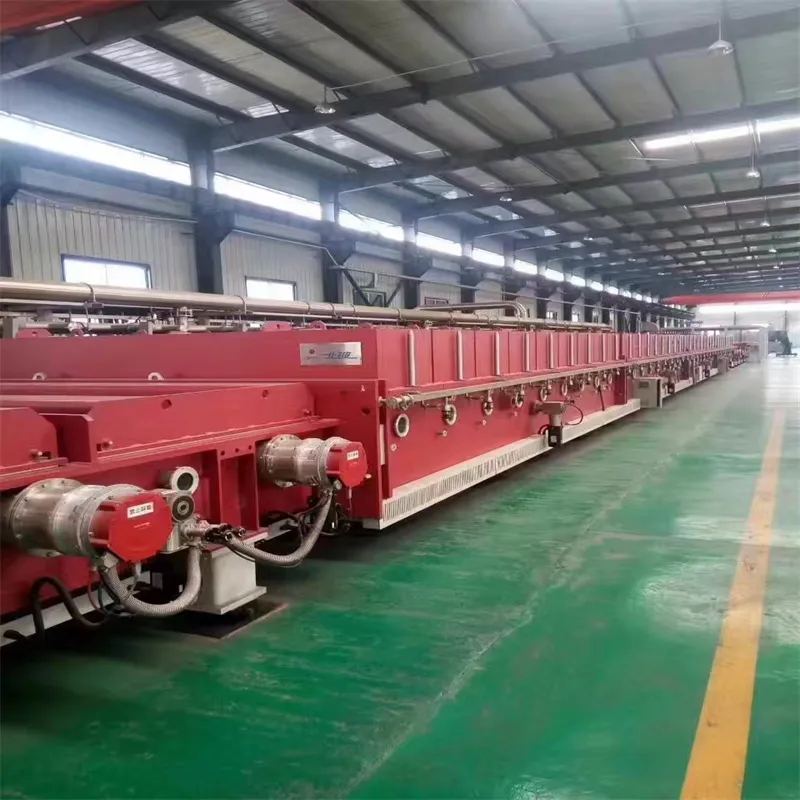
(patterned safety glass)
The Distinctive Qualities of Patterned Safety Glass
Patterned safety glass is a specialized form of architectural and industrial glass, uniquely designed to enhance visual aesthetics while offering optimum safety and privacy. Unlike standard float glass, it is manufactured by passing molten glass through patterned rollers, imprinting a texture onto its surface. This modification imparts not just an ornamental appeal, but also effective light diffusion and visual screening, maintaining high transmittance while ensuring privacy.
Whether in commercial facades or residential partitions, the demand for patterned safety glass has surged due to its versatility and compliance with contemporary safety codes. The contemporary market shows a consistent annual growth of approximately 5-7% in patterned glass usage, pointing to expanding sectors like urban construction and automotive glazing. According to leading industry reports, patterned safety glass now comprises more than 15% of all decorative glass used in modern buildings.
Performance and Aesthetic Advantages: Data-driven Insights
The intrinsic safety of patterned safety glass lies in its manufacturing process, where it is either tempered or toughened, increasing its mechanical strength and resistance to thermal stresses severalfold over ordinary glass. Patterned toughened glass and patterned tempered glass offer enhanced safety, shattering into blunt, less hazardous fragments upon impact.
From a performance perspective, laboratory tests reveal that patterned toughened glass can exhibit impact resistance up to five times greater than regular annealed glass of equal thickness. The following table provides an illustrative comparison of typical test data:
| Glass Type | Thickness (mm) | Breaking Strength (MPa) | Light Diffusion (%) | Thermal Resistance (°C) |
|---|---|---|---|---|
| Patterned Annealed Glass | 6 | 50 | 55 | 150 |
| Patterned Toughened Glass | 6 | 180 | 58 | 250 |
| Patterned Tempered Glass | 6 | 160 | 60 | 245 |
The data above demonstrate not only improved mechanical robustness but also subtle performance variations based on the glass processing technique and pattern depth. Patterned safety glass also outperforms conventional clear glass in UV filtering and glare reduction, making it a preferred choice in sustainable building projects for both energy efficiency and occupant comfort.
Technological Differentiation: Patterned Toughened Glass vs. Patterned Tempered Glass
Within the spectrum of patterned safety glass, two primary categories prevails: patterned toughened glass and patterned tempered glass. Both are distinct in processing methods, end-use properties, and safety profiles.
Patterned toughened glass is produced through a controlled thermal process, heating the glass over 650°C and rapidly cooling it to create internal compressive stresses. This technique significantly amplifies impact and bending strength, and is typically employed where superior load-bearing capacity and weather resistance is required.
Patterned tempered glass, while similar in thermal treatment, often refers to glass intended for moderate-load scenarios such as interior doors and partitions. The distinctions are subtle: toughened glass may undergo additional edge work or polishing, with stricter performance standards for specific safety-certified applications. Additionally, both can be further processed—laminated, double-glazed, or coated for functionality like fire resistance or acoustic dampening—broadening their scope in advanced project requirements.
Manufacturer Comparison: Quality, Pricing, and Logistics Benchmarks
The choice of patterned safety glass supplier can dramatically influence project success in terms of on-time delivery, compliance, and overall cost efficiency. To elucidate this, we present a comparison of leading global manufacturers by representative metrics:
| Manufacturer | Location | Annual Capacity (sqm) | Quality Certifications | Average Lead Time (days) | Price (USD/sqm) |
|---|---|---|---|---|---|
| Guardian Glass | USA/EU/Asia | 25,000,000 | CE, SGCC, ISO9001 | 14 | 24–37 |
| Saint-Gobain | Europe | 30,000,000 | CE, BS, ISO14001 | 12 | 25–33 |
| AGC Glass | Japan/EU/Global | 28,000,000 | JIS, CE, ISO9001 | 10 | 27–40 |
| Jinjing Glass | China | 18,000,000 | CCC, CE, ISO9001 | 18 | 15–22 |
The above comparison highlights not only regional manufacturing advantages but also varying degrees of quality control and price competitiveness. European brands are often chosen for flagship architectural projects demanding precise pattern uniformity, while Asian suppliers may offer cost savings and larger batch capacities. It is essential to balance logistical convenience, after-sales support, and compliance with global safety standards when selecting a supplier for critical projects.
Tailored Solutions: Patterns, Thicknesses, and Color Opportunities
Customization is central to the modern application of patterned safety glass. Leading factories provide an extensive array of designs, from subtle mist-like patterns to bold geometric and floral motifs, accommodating both high-privacy environments and decorative purposes.
In thickness, options typically range from as thin as 3mm for cabinet and furniture usage to 12mm and beyond for heavy-duty partitions and external cladding. Special orders can include acid-etched, sandblasted, or colored tinting processes to achieve specific lighting or branding effects.
Color diversity is another area of accelerated innovation; advanced pigments and ceramic frit techniques enable glass to maintain pattern integrity while offering colors resistant to UV fading. Furthermore, adjustable opacity and reflective coatings open up new possibilities in energy-efficient or privacy-focused construction. With digital printing and CNC-controlled etching, virtually any graphic or logo can be integrated onto patterned toughened glass surfaces, ensuring both function and trademark style.
Application Cases: Architectural, Automotive, and Beyond
The practical impact of patterned safety glass manifests across a broad range of industries. In architecture, it is extensively specified for internal partitions, shower enclosures, stair balustrades, and spandrel panels. The attractive interplay of textured surfaces and diffuse lighting transforms spaces, increasing both design and functional value.
Data from the 2023 International Glass Federation reports a 22% increase in patterned glass demand for luxury residential buildings, largely due to unique privacy, security, and sustainable lighting properties. In automotive manufacturing, patterned tempered glass is now the material of choice in privacy side-lites and sunroofs, credited for a 17% reduction in in-cabin glare and a marked improvement in shatter resistance—a sought-after feature in electric vehicles.
Specialized uses further abound: cleanroom laboratories and hospitals employ patterned toughened glass for antimicrobial, easily cleanable partitions; retail designers utilize custom-printed panels for wayfinding and branding; and the hospitality sector incorporates colored, patterned safety glass in lobbies and façades to produce stunning first impressions while meeting fire and impact code requirements.
The Expansive Horizon of Patterned Safety Glass
Patterned safety glass continues to redefine standards in both safety and visual appeal. Its progressive technological advancements—combined with scalable manufacturer infrastructure and burgeoning customization potential—are positioning it as a cornerstone material within architecture, transportation, and industrial applications. As sustainability considerations and creative demands intensify, the relevance of patterned toughened glass and patterned tempered glass will only expand. Stakeholders across industries are leveraging this material not just as a safety solution, but as a catalyst for well-lit, energy-efficient, and visually inspiring environments.
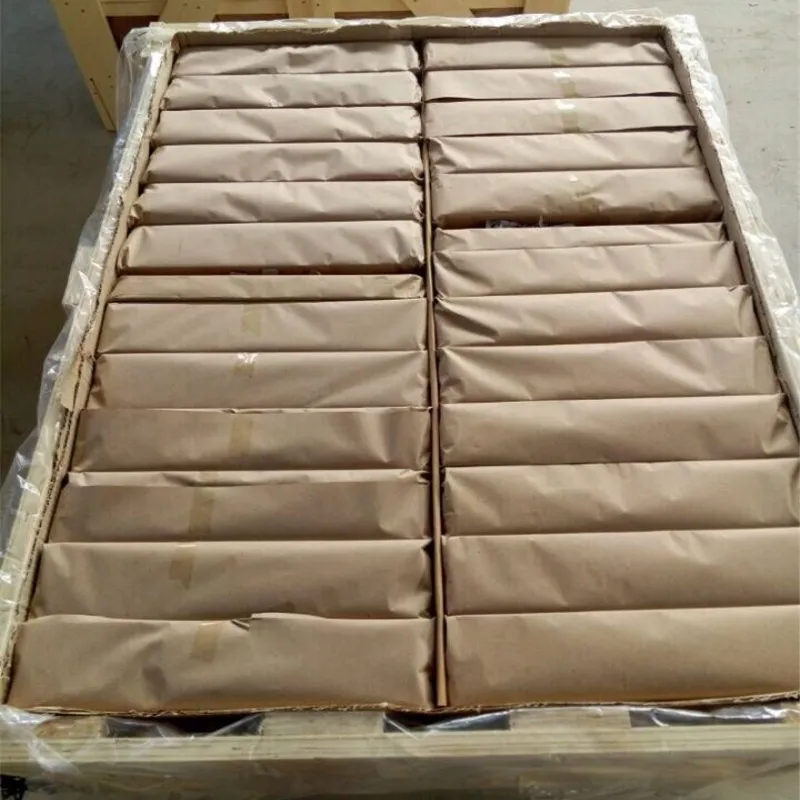
(patterned safety glass)
FAQS on patterned safety glass
Q: What is patterned safety glass?
A: Patterned safety glass is a type of decorative glass that features a textured or patterned surface and is made with enhanced strength for safety. It combines aesthetic appeal with increased resistance to breakage. It is commonly used in doors, partitions, and shower enclosures.Q: How does patterned toughened glass differ from regular patterned glass?
A: Patterned toughened glass is specially heat-treated to increase its strength compared to regular patterned glass. If broken, it shatters into small, granular pieces rather than sharp shards. This makes it much safer for use in public and residential spaces.Q: What are the typical uses for patterned tempered glass?
A: Patterned tempered glass is widely used in areas where both privacy and safety are important, such as bathrooms and office partitions. Its textured surface diffuses light while maintaining strength. It's also popular for shelves and decorative panels.Q: Can patterned safety glass be customized with different patterns?
A: Yes, patterned safety glass is available in a variety of designs and textures. Manufacturers often offer customization services to match specific décor needs. This allows architects and designers to achieve desired aesthetic effects.Q: Is patterned toughened glass suitable for outdoor installations?
A: Patterned toughened glass is suitable for outdoor use because it is both strong and weather-resistant. It is commonly used in exterior doors, windows, and balcony railings. Its enhanced safety features add protection without compromising style.-
Wired Glass: A Strong and Secure Glass Solution for Various Applications
NewsNov.04,2024
-
Tinted Glass: A Stylish and Functional Choice for Modern Homes
NewsNov.04,2024
-
The Elegance and Versatility of Silver Mirrors
NewsNov.04,2024
-
The Advantages of Copper Free Mirrors
NewsNov.04,2024
-
Tempered Glass: A Reliable Choice for Modern Applications
NewsNov.04,2024
-
Pattern Glass: Stylish and Functional Glass for Modern Design
NewsNov.04,2024
Related PRODUCTS



